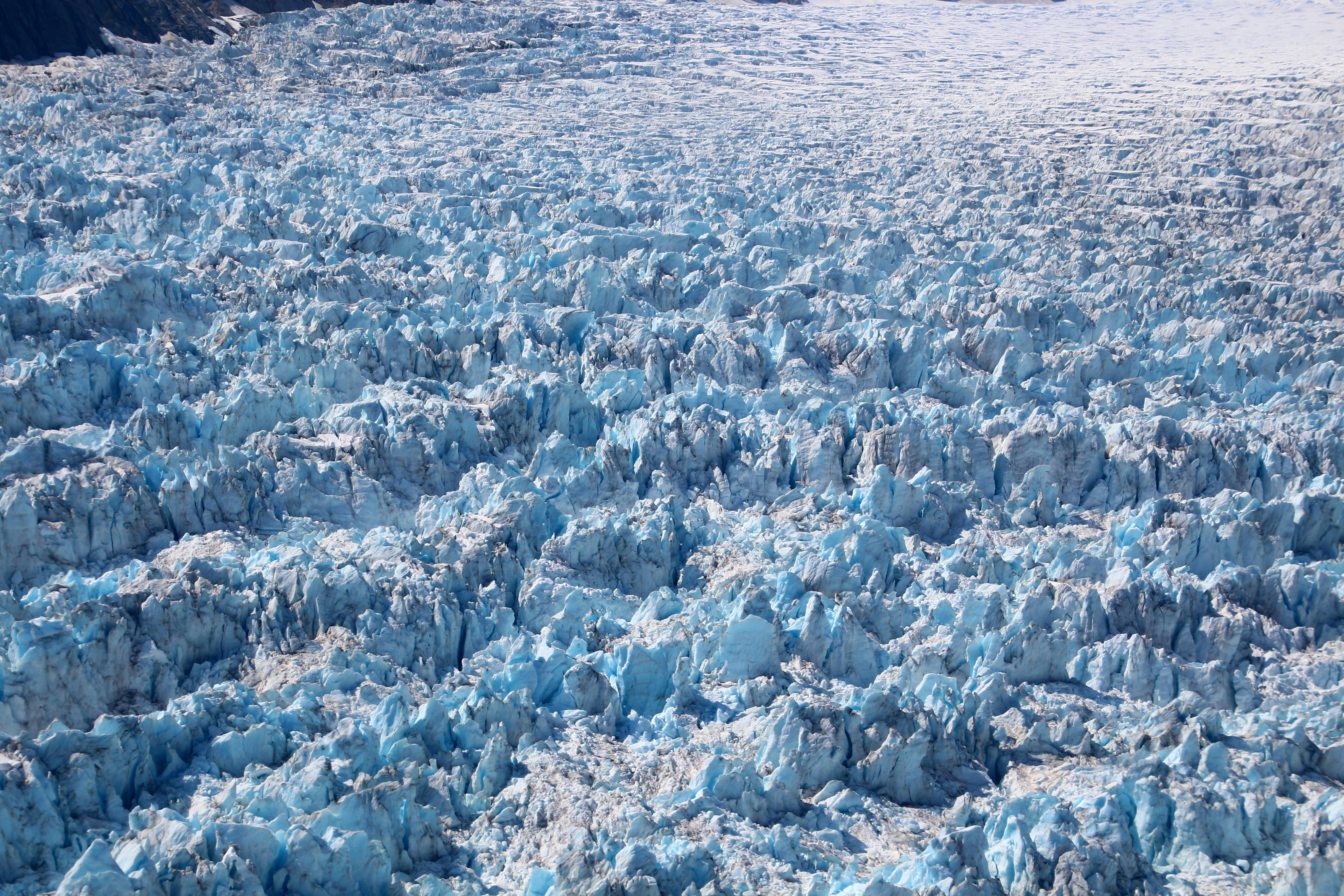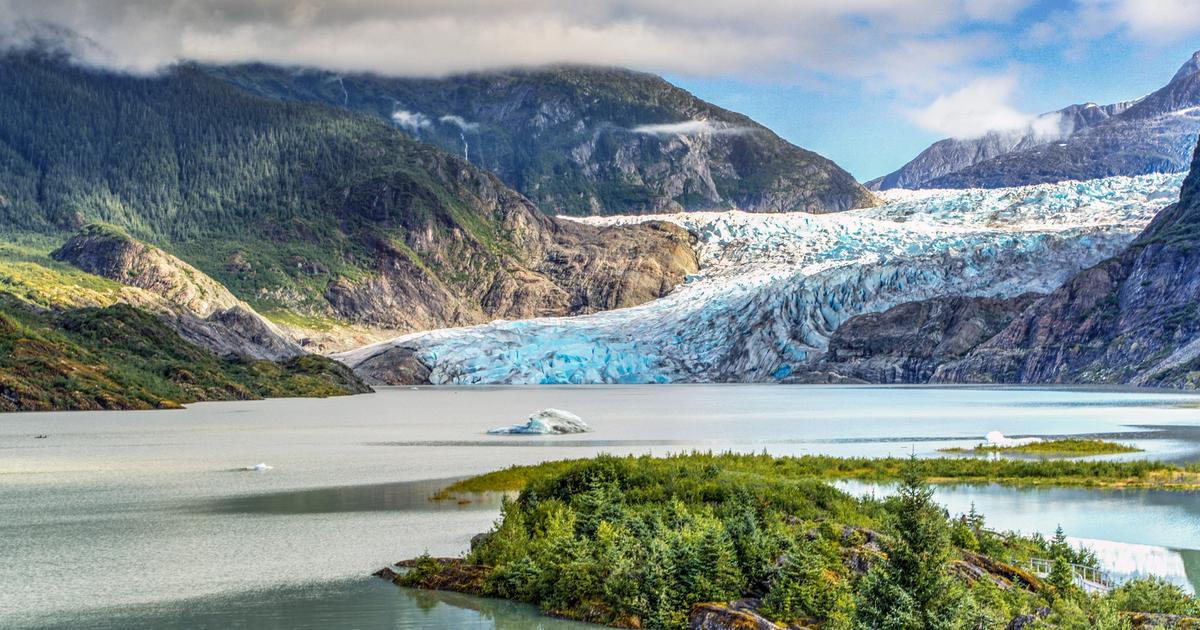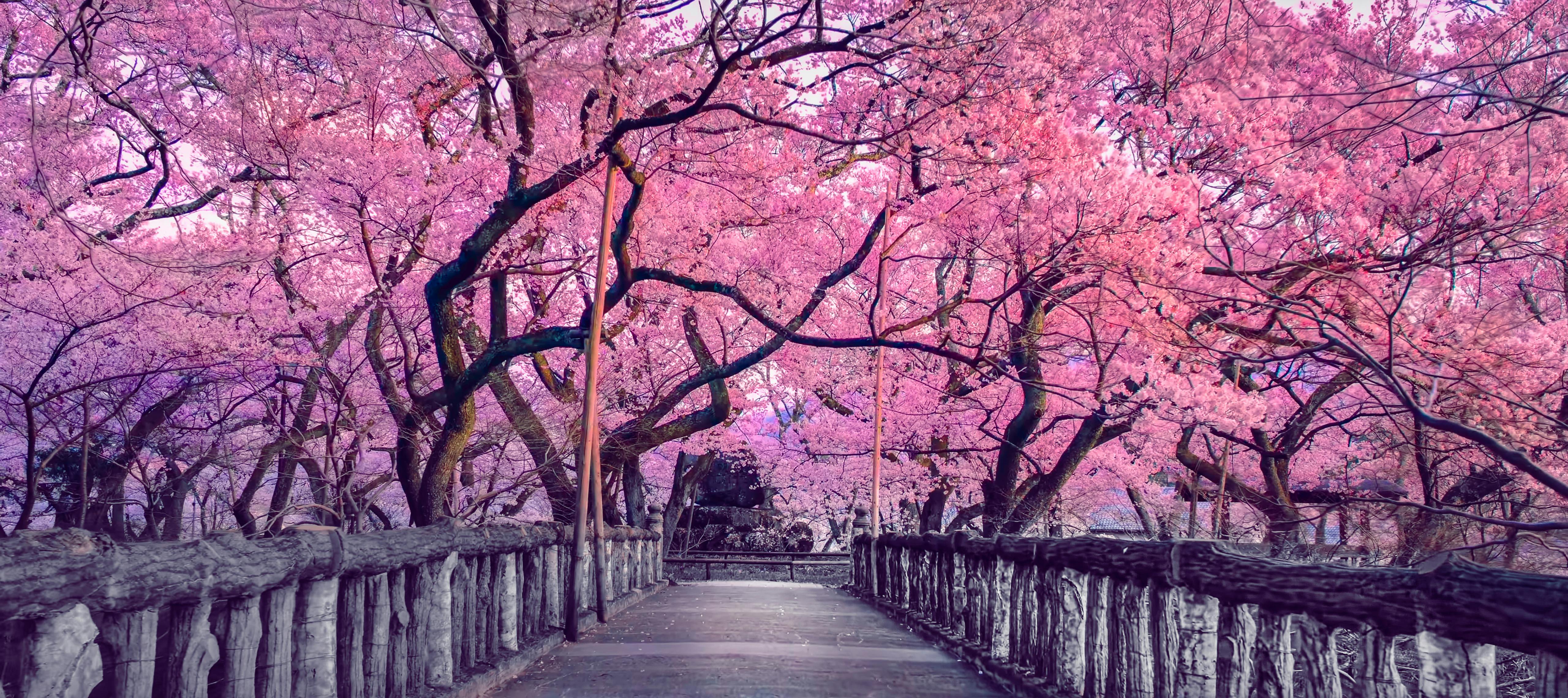Capture Your Best Shot at Alaska’s Tidewater Glaciers
Imagine standing on the deck of a cruise ship or sitting in a Zodiac facing a looming wall of blue-white ice. You haven’t stumbled onto the Wall from “Game of Thrones”: You’re facing a tidewater glacier, a fast-moving river of ice that runs all the way to the sea.
Of course, whenever glaciers are involved, “fast-moving” is a relative term. It’s hard to pin down exact speeds for glaciers, but the tidewater versions, of which there are 51 active and nine former, tend to be more dynamic than their alpine brethren.
Alpine glaciers tend to move only a few inches each day, if that, or might occasionally make a sudden surge forward that’s known as a “gallop.” But tidewater glaciers, such as LeConte (in Southeast Alaska, pictured at top) and the Columbia (near Valdez) can move as much as 80 to 115 feet in a day.
Their sheer scale can be mind-boggling as well. For example, the Hubbard Glacier — the largest tidewater glacier in North America — is 76 miles long. Its terminal face, where the ice meets the ocean, is 600 feet tall, taller than the peak of many big-city skyscrapers but about 100 feet shorter than the Metropolitan Life Insurance Tower at 1 Madison Ave. in New York.
Flying houses, submarines and seals
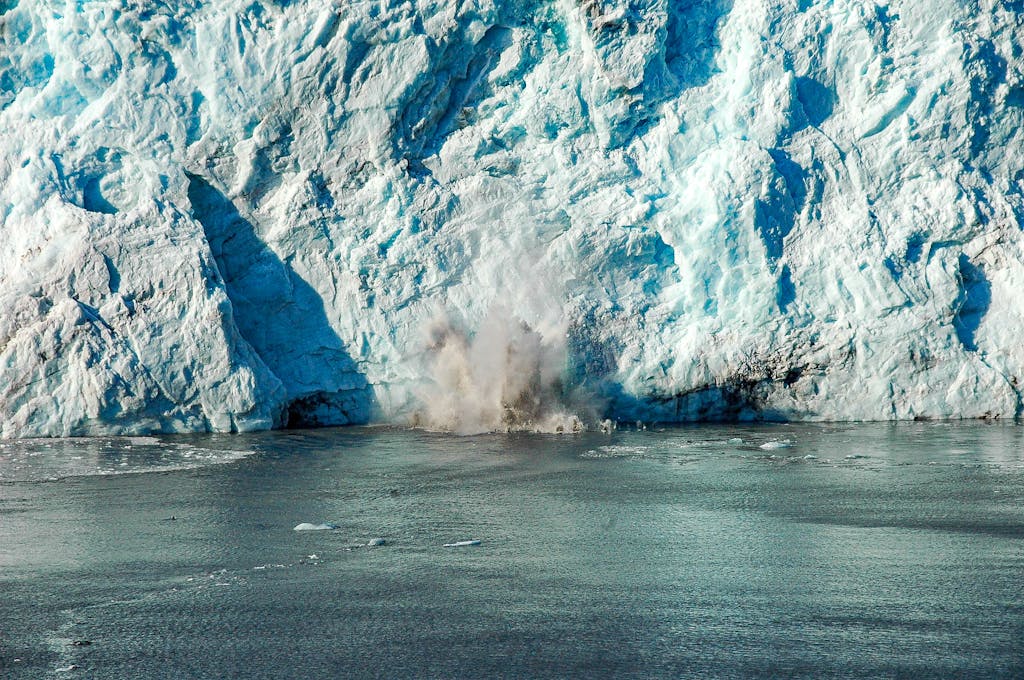
Although moving that quickly is impressively fast for a glacier, it’s not as impressive to watch in real time. Instead, everybody who turns out on deck is waiting for the snapping, crackling sound of shifting ice that signals something big is about to happen.
Frequently, those crackles are the only warning — if any — before massive ice chunks come peeling off the face of the glacier, thundering into the ocean and spreading waves in every direction. It’s just like the splash you get from tossing a rock into the water, if said rock were the size of a high-rise building.
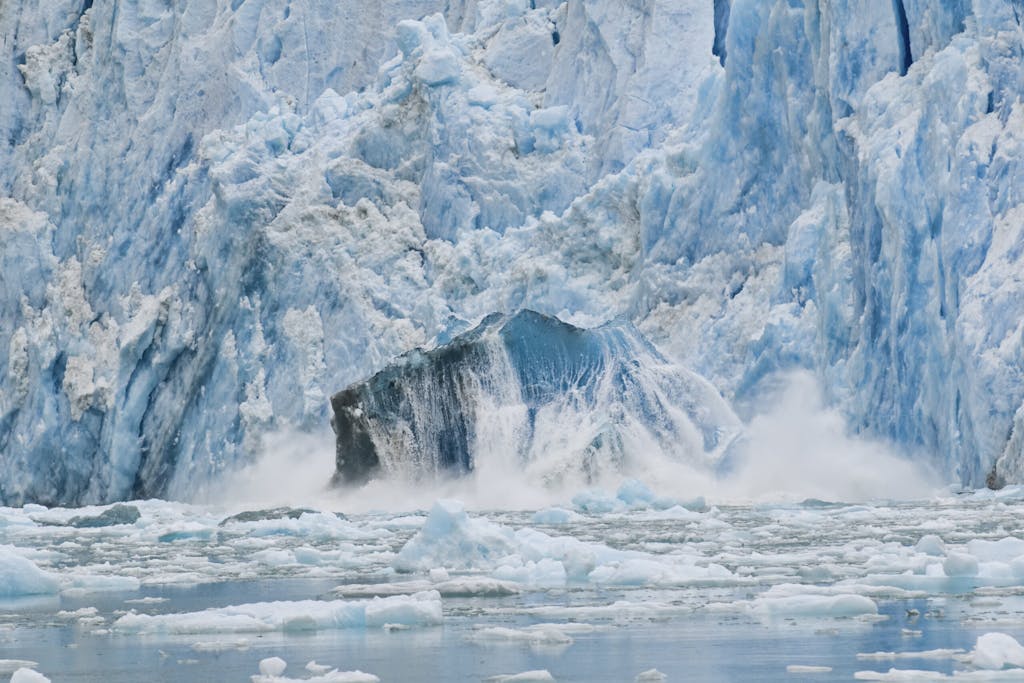
Or you’ll see a “shooter,” a massive chunk of ice that breaks away below the waterline and comes surging to the surface like a submarine that woke up on the wrong side of bed. Either way, the sea reverberates and flexes like a drum from the impact of those shifting masses of ice.
This is the great balancing act that keeps a tidewater glacier’s face in about the same place: The entire glacier moves forward under the pressure of massive snow deposits, which eventually compress into more glacier ice, feeling the flow. This presses the terminal face of the glacier forward, but it breaks away as it goes.
Often the glacier’s face remains in the same place or recedes a bit. But some tidewater glaciers, like the Hubbard Glacier (also in Alaska), have been known to surge forward so quickly that they outpace the speed of their calving, pressing the glacier’s terminal face farther into the ocean and even, in a couple of memorable instances, temporarily blocking fjords.
From nursery to ecosystem blender

There’s no mistaking the sheer might on display when tidewater glaciers fling building-sized chunks of ice through the air. But that ice is also the stuff of life: Harbor seals use floating icebergs for molting and for rearing young, and an increasing number of sea otters have been spotted hauling out on icebergs too.
In Greenland, polar bears have been found prowling on glacier mélange, the jumble of floating ice that results when a tidewater glacier discharges into a steep-walled fjord. And the small fishing town of Petersburg, Alaska, was founded by Norwegian fisherman who realized they could use plentiful icebergs, generated by the nearby LeConte Glacier, to preserve their catch.
Scientists are just starting to understand other, less-obvious ecosystem effects of calving tidewater glaciers. For example, all those icebergs plunging into the sea not only cause major surface waves but also have a profound mixing effect beneath the water, altering nutrient distribution and water temperature.
Memories on ice
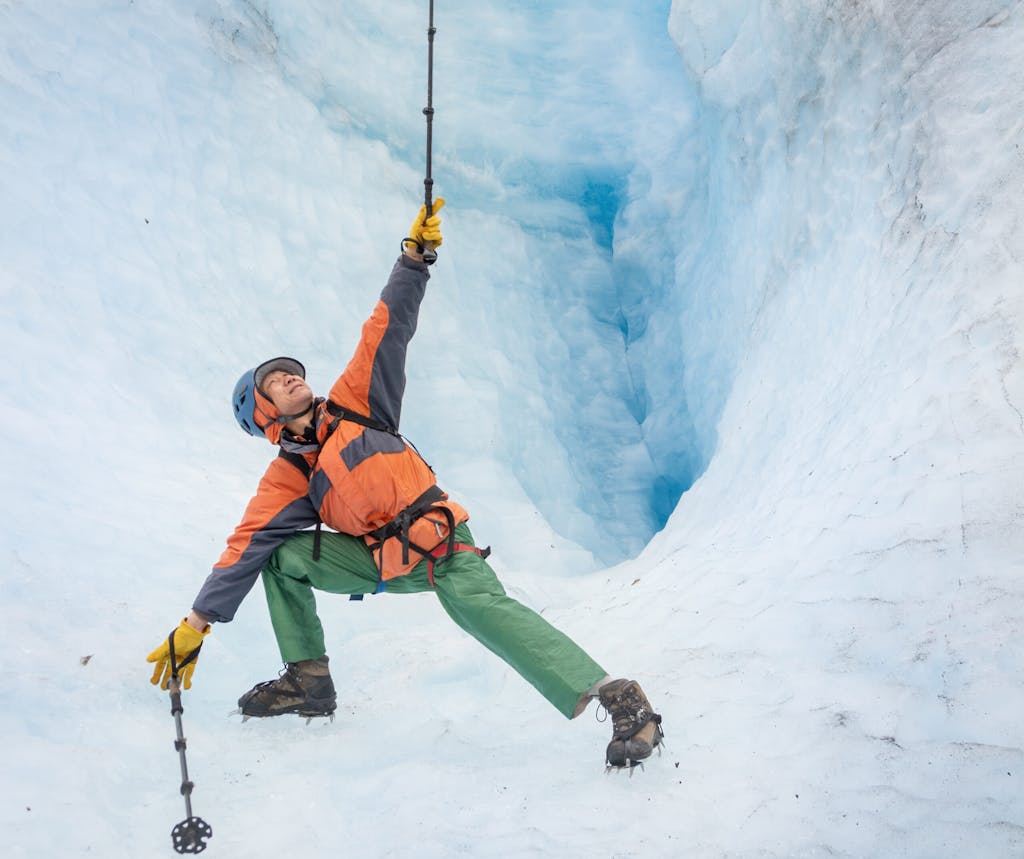
Back on the deck of your ship, nobody knows exactly when ice will start splashing into the sea. When it does, will you be ready? I’m a fan of staying fully present and “recording” big moments like that with eyes and mind, but sometimes you must get photo proof of the moment.
For guidance on the latter option, I spoke with Philip Stone, a professional photographer and marine guide who has spent years traveling the world, helping cruise passengers create their best photo memories.
He doesn’t insist you start with specific camera settings. “I try to encourage people to be aware of the creative effect that they’re after… and the settings come from that,” Stone says during our chat.
When things are quiet and still, Stone suggests you have an opportunity to focus on the small details. “Maybe there’s a crevasse where the blue light is particularly intense that you can focus in on,” he says, “or maybe there are some particular shapes and shadows that are interesting to crop in tight.”
But it pays to expect the unexpected. “If things start happening very quickly, like a calving, you need to adjust quite quickly,” Stone says.
One trick pro photographers use to accomplish that: Preprogramming custom buttons to quickly switch settings on your camera. Plus, lots of practice, which, Stone points out, you can get on dry land before you even leave home to board the cruise.

That’s because you can find a similar dichotomy of stillness and rapid movement — before calving, and during calving — by photographing, say, a bird perched on a branch or a dog patiently waiting for its owner to throw the ball. That’s your calm, still moment and opportunity to focus on the details. Once the bird takes flight or the ball is thrown and the dog takes off after it, that’s your opportunity to hone the skill of photographing fast-moving action.
Focus, focus, focus
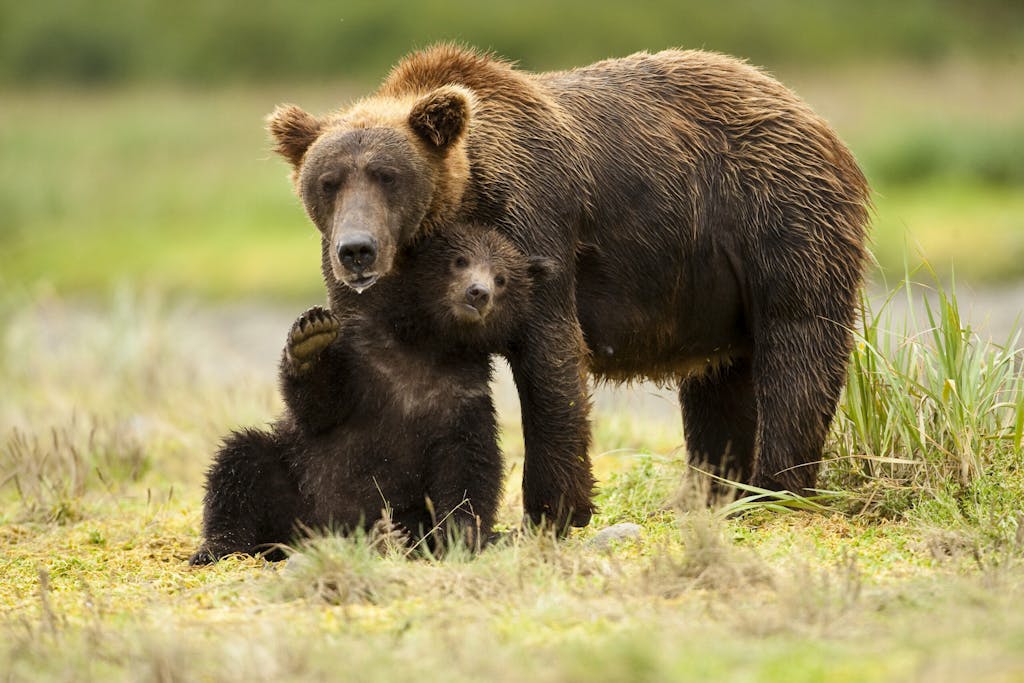
When you do start working with individual camera settings, Stone urges focusing on focus before anything else. As he explained, you can find beautiful photographs that take artistic license with parameters such as depth of field and exposure. But “it’s very, very, very rare for there to be a photograph that anyone’s interested in looking at that’s out of focus,” he notes.
If things are happening quickly, you’re going to need a fast shutter speed to “freeze” that fast action — and the correct relationship between your shutter speed, aperture and ISO.
“I often describe the exposure equation as a see-saw,” Stone explains. “So the fulcrum, if you like — the pivot point — is the ISO, and then you’ve got a balance beam sitting on that, with the shutter speed at one end and the aperture at the other.” If you move the aperture the see-saw will become unbalanced and tip over unless you change the shutter speed to rebalance it.
That’s all assuming your ISO setting — the pivot point — stays the same. But if you can’t change your shutter speed and aperture enough to keep things in balance, that’s when you change the ISO. “That changes the pivot point,” Stone explains, “and you get your correctly exposed image. Knowing how those three things interact is crucial for any kind of user-exposure control of the camera.”
Tools of the trade
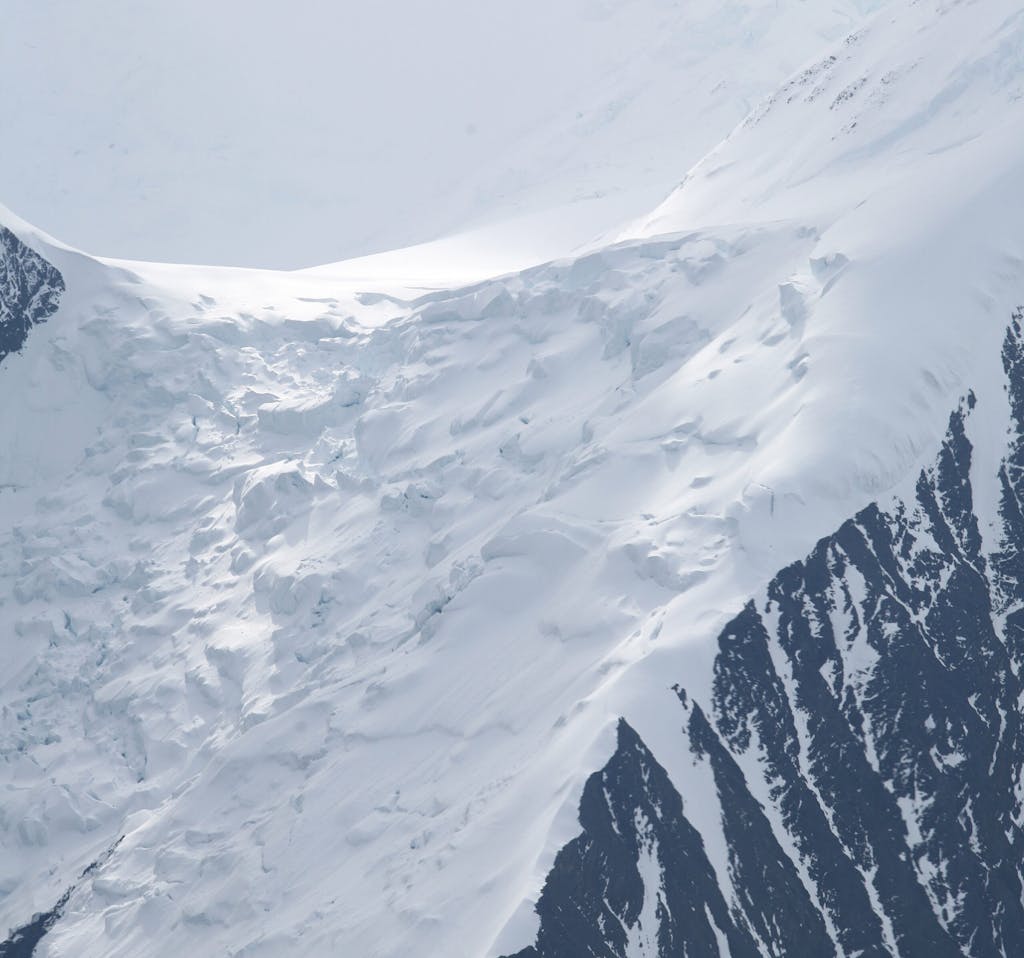
Aside from important trio of photography settings (aperture, shutter speed and ISO), Stone also highlighted the benefit of knowing your shooting modes.
The “vivid” or “landscape” settings, he said, are particularly useful when shooting glaciers. Some manufacturers may have slightly different names for these shooting modes, but the intent is the same: “That’s going to saturate the color more,” he explains. “It’s going to give better contrast, and it’s going to give that sort of punchier look that a lot of people are looking for.”
Shooting tidewater glaciers is an opportunity to break out one more tool. A sunny day around a glacier gives you a chance to use a polarizing filter, Stone says. “Remember to keep 90 degrees to the sun for the greatest effect,” he says, “and rotate the filter to get the result you’re looking for.”
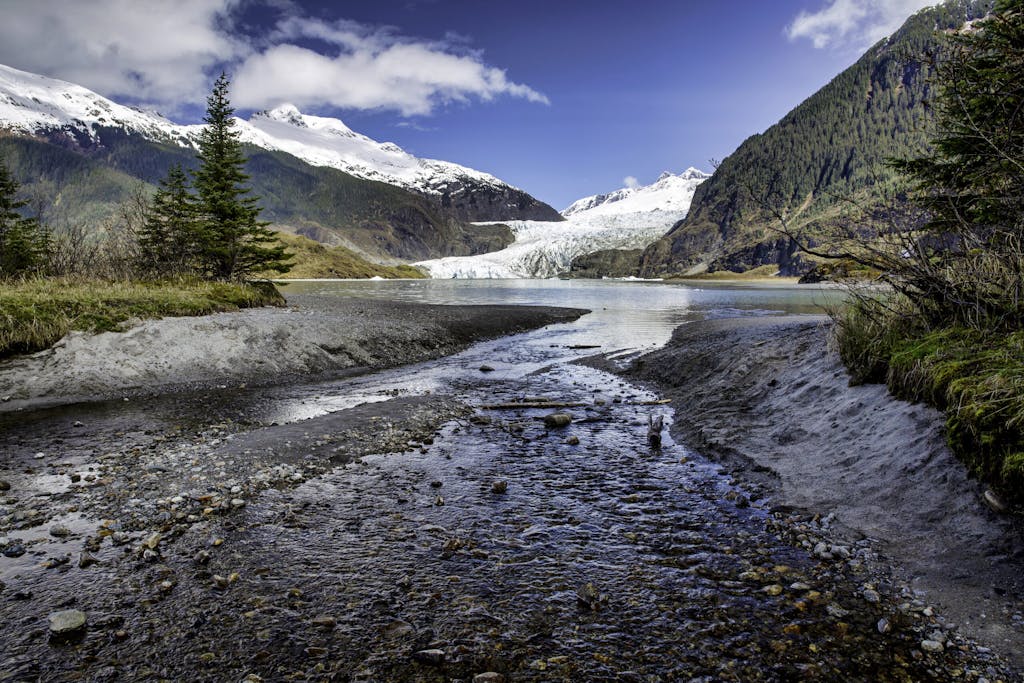
Lastly, Stone suggest, you must be willing to take your photography gear out and use it. “People often have outsized concerns about their equipment,” he notes “Accidents can happen, of course, but if you want to develop your passion for photography, then you’ve got to get used to getting [the camera equipment] out …. Use your gear.”
And if you run into trouble with your settings or notice that the pictures aren’t coming out as they should? Ask someone around you for help because you don’t want to miss the icy photo memories of a lifetime.



